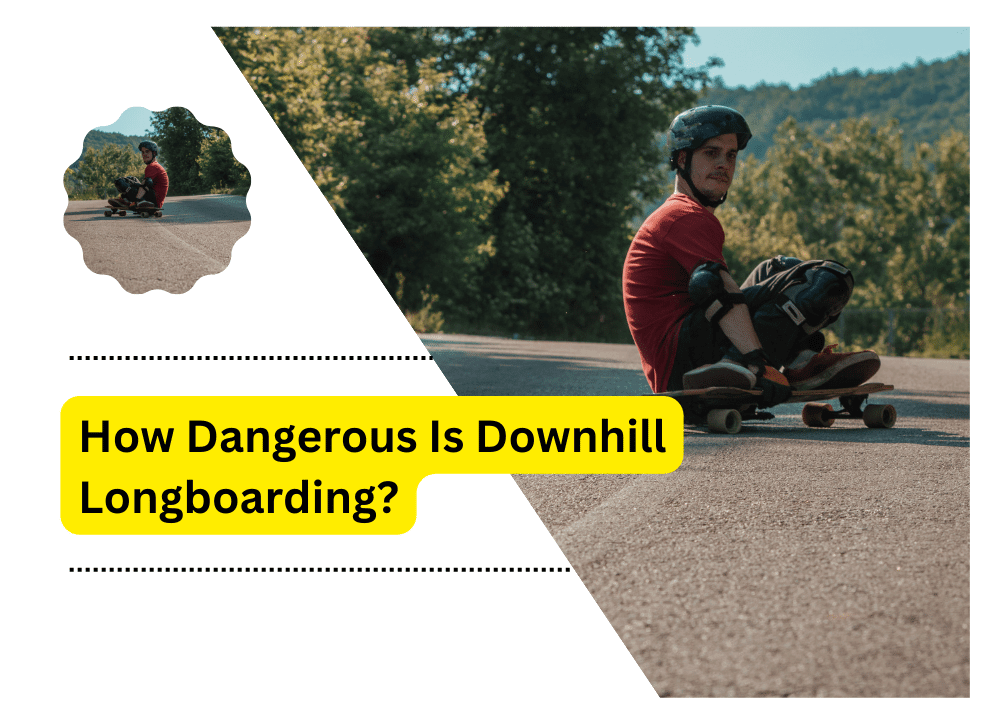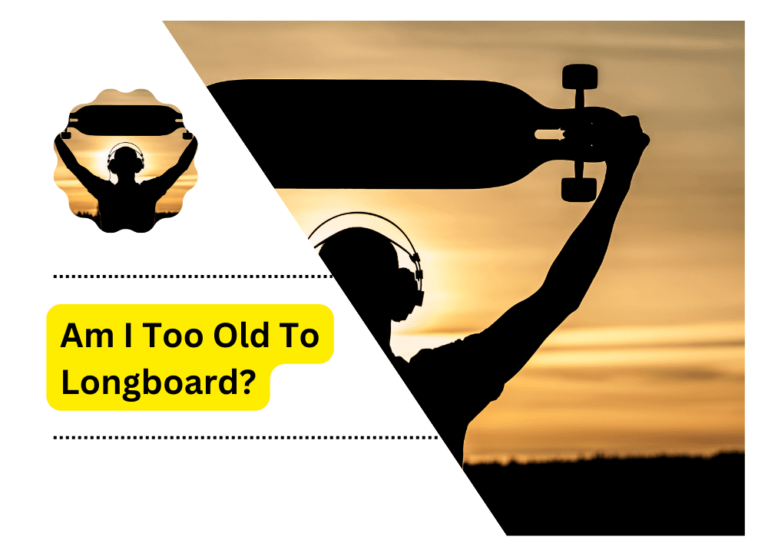How Dangerous Is Downhill Longboarding?

Downhill longboarding is an extreme and risky sport, demanding caution, skill, and safety gear. This type of longboarding requires the rider to navigate a course with tight turns, high speeds, and challenging terrain. Downhill longboarders need to understand the risks of this activity to prepare for the ride ahead.
Purpose of Examining the Dangers of Downhill Longboarding
Understanding the risks of downhill longboarding is crucial. It helps you make informed decisions about joining the sport. The dangers in downhill guide riders in selecting safety measures and gear. It also assists in choosing appropriate courses for their skill level. Riders can ensure a safe and enjoyable ride by researching and understanding potential hazards.
Potential Risks of Downhill Longboarding
Before attempting any course, consider the inherent risks associated with downhill longboarding. The most common dangers associated with this activity include falls, collisions, and high speeds. Riders should stay aware, avoid obstacles from other riders, and exercise caution on turns.
Other risks associated with it include:
- Equipment failure due to maintained or worn-out parts
- Injury from impacts caused by loose boards, improper braking techniques, or excessive speed
- Weather hazards such as slippery surfaces or wind gusts can increase the risk of falls
- Damage to personal property from crashes or course damage
Skill and Experience Factors
Skill level and experience matter when assessing downhill risks. Riders should consider their abilities in evaluating the dangers. Novice riders should begin on miniature courses at manageable speeds. They can increase speed as their skills improve. Riders new to specific terrain or course layouts should exercise extra caution. This applies especially during their initial navigation.
Additionally, riders should inspect their equipment before each ride. Look for signs of wear or damage to identify potential risks from worn-out or broken parts. Proper safety gear such as helmets, pads, and gloves is vital for saving against falls and impacts.
By following these steps and riding with constant caution, downhill longboarders can make the sport safer.
Environmental Considerations
Downhill longboarders need to be mindful of their environment when practicing this sport. Design courses with terrain in mind; riders must avoid bad parts during their ride.
Additionally, riders should be aware of any more hazards that may arise due to weather conditions, such as rain or snow.
In short, downhill longboarding can be dangerous. Riders must take the proper precautions to cut the risks of this type of sport. By researching physical and environmental hazards understanding their skill level. Riders can enjoy a safe experience by maintaining their equipment.
Safety Gear
Protective gear is essential when it comes to downhill longboarding. Helmets, wrist guards, knee pads, elbow pads, and other protective accessories can help reduce the risk of injury from falls. Ensure your gear fits and meets safety standards for longboarding activities.
Know Your Limitations
Novice downhill longboarders should only attempt to ride a course within their skill level. As with any extreme sport, starting small and working your way up is essential. You become more comfortable with the techniques and tricks involved in it.
Watch The Weather
Weather can be a factor in downhill longboarding. Specific courses may be too slippery or hazardous to ride in wet conditions. Additionally, be aware that particular terrain may become more difficult to traverse during windy days. Riding up a hill with solid gusts from behind would be best.
Be Mindful Of Others
It is important to remember that other people may also be sharing the course with you when longboarding. Be considerate of other riders and respect their space, especially when passing them at high speeds. Ensure you are visible to others on the course by wearing bright-colored clothing or attaching lights to your board.
Tips For Beginners
If you’re new, here are some tips to get you started:
- Start slow. Get familiar with the basics before attempting any tricks or maneuvers.
- Watch videos and read online guides for helpful advice on techniques.
- Wear protective gear at all times.
- Practice in a safe environment like a quiet neighborhood street or flat parking lot.
- Feel free to ask for help from experienced riders.
- Have fun! Downhill longboarding can be thrilling and rewarding with the proper preparation and attitude.
Remember that it can be a dangerous activity if not done. Ensure you take all the necessary precautions and follow all safety guidelines. When in doubt, it is always better to err on the side of caution; don’t take unnecessary risks or attempt to tackle courses beyond your skill level.
By staying aware and taking sensible measures, you can cut the dangers of downhill boarding and ensure your ride is safe and enjoyable.
Finally, remember to have fun! It can be an exciting activity with the right attitude and preparation. With some practice and patience, you’ll soon be taking on tricky courses like a pro! So what are you waiting for? Get out there and enjoy the thrill of it!
FAQs
A: It is an extreme sport that carries potential risks. To stay safe, always wear protective gear and never attempt to ride courses beyond your skill level.
A: The best terrain for downhill longboarding is usually a combination of hills, curves, and flat spots.
A: If you ever feel uncomfortable while longboarding, slow down or take a break. Talk to more experienced riders for tips or advice, or take some time to practice in a safe environment before returning to the course.
A: Start small and work your way up as you become more comfortable with the techniques and tricks involved in it.
A: Many online resources provide helpful advice on techniques for it.
Final Thought
Downhill longboarding can be a thrilling experience, but one must be aware of the risks associated with the activity. Before heading to the course, ensure you have safety gear and know your limits.
Additionally, be mindful of other riders and changing weather conditions to ensure a safe ride. With the proper preparation and awareness, you can enjoy it without worry or risk.






